Sometimes things happen and it’s clear that what’s been lost can never be recovered. A force in the universe has lashed out and something beautiful has been crushed under the weight of it. We find ourselves alone in the wreckage.
Amatrice, a village in the Apennine mountains about 100 miles outside of Rome was a humble place that always punched well above its weight. Despite having only 2500 inhabitants, it enjoyed an international reputation—its hometown dish, Spaghetti all’amatriciana, is an Italian restaurant staple wherever the red-checkered table cloth is spread. Across Central Italy, Amatrice was a totem of traditional mountain food: salamis, prosciuttos, guanciales, pecorino cheeses, and of course their namesake pasta.
Because it was an easy exit off the Via Salaria—the road we often took to drive from the Rome airport to our home in Le Marche—C and I stopped often in Amatrice. We usually parked in front of the Chiesa di San Giuseppe; if the church was open, we’d pop in there before taking a quick look around the piazza. Then it was off to Ristorante La Lanterna, or most often the restaurant at Hotel Roma.
Through the kitchen doors, you could see the cooks huddled over immense pots of pasta. The only choice to make was whether you wanted the red sauce (amatriciana) or the white sauce (gricia). Regardless of how you ordered, they inevitably brought both, which struck me as an optimal solution. If there could be a better meal to begin a trip to Italy, it’s hard to imagine what it could be.
Today, the exits are not so easy. You quickly run into a series of detours as you weave your way through the woods. Abandoned houses wrapped in orange mesh give a clue that something cruel has come this way. There are signs pointing the way toward the most famous of the restaurants, but they no longer point up the hill towards the clocktower.
One August night in 2016, Amatrice had the ground pulled out from under it, when a devastating earthquake ripped through much of Le Marche, Lazio, Abruzzo and Umbria. No town was hit harder than this simple, rural village built on sauce and noodles. Almost 300 people died, and 80% of the centro storico was damaged or destroyed.
On the night of the quake, the historic center had been full of people preparing to celebrate Amatrice’s 50th annual food festival. By the next morning, the town that showed up on menus around the world was little more than a name and a memory.
Alfonso Bucci, the proprietor of Hotel Roma, is a burly man as impenetrable as the mountains he grew up around. He’s the kind of guy you’d want to go into battle with, especially if he’s cooking dinner after. In “Il Polo Del Gusto di Amatrice”, an independent short film made about the earthquake and its aftermath, he surveys the rubble of the town and the restaurant created by his family in 1897. He takes a drag of his cigarette and turns away. “Eh,” he mutters. “120 years— gone in 2 seconds. Basta poco.” Translation: It doesn’t take much.
C and I were in Marche, about 50 miles from Amatrice, on the night of the earthquake. The damage across our province was severe as well, though we personally suffered little more than a three o’clock in the morning panic attack. It’s a profoundly vulnerable feeling when the land you thought you knew shifts beneath your feet. The fear is not only for that moment, but also for the future. If this can happen, what’s next?
Indeed, what followed was a brutal pounding of aftershocks, additional earthquakes, and avalanches that didn’t relent until February of the following year. Which makes what happened in Amatrice that winter even more impressive.
With sponsorship from the newspaper Corriere Della Sera and broadcast news show TG LA7, an initiative was launched to create a a new gathering place for the town’s survivors, including its ruined restaurants. More than 8 million euro was raised to build the “Polo del Gusto di Amatrice”, a complex that would serve as a school cafeteria, a catering hall and a home for 8 of the town’s best-known restaurants.
Only two months after the town’s destruction, ground was broken on the new building, located in the wooded valley below the ruined village. Eight months later, Amatrice’s Area del Gusto was serving up red-sauce once again. Never underestimate the power of a unified and hungry work force.
On Wednesday of last week, C & I went back to Amatrice for the first time since 2016. As the US election results filtered in on the car radio, we wound our way up to the old town, through a warren of roads marked by temporary stoplights and cardboard signs. As you approach the centro storico, you stare into the hard face of the Gran Sasso mountain range. You see wonder. And terror.
Stone houses are sliced open like stage sets, but inside there’s only empty silence. Braces hold back swaying walls caught midway through the act of falling. There’s no way to piece together from the rubble the shape of the town we used to know. All you can do is notice what’s left: facades, archways, steeples. Sky-scraping cranes point like pistols toward the horizon, as if to ward off any further malevolent forces.
But heading down the hill toward the new food center, nature’s power of renewal reasserts itself. You can hear the rush of the rivers and streams that run through the Monti Della Laga National Park as you drive across stone bridges and down glorified goat trails into the new village.
The design of Polo del Gusto is at once dramatic and transparent. Constructed largely of wood and glass, its sharp angular structure echoes the mountain peaks behind it. It makes no attempt to recreate the town that was, but opens itself to the beauty of what remains.
At one end of the complex, La Lanterna is back in business. On the other side, Alfonso Bucci is once again hovering over his steel pots in the kitchen of Ristorante Roma, or coming out in his apron to greet tables of workmen, priests, bikers and tourists. He still ignores our order and brings one amatriciana and one gricia for each of us. Thank God for those things that don’t change.
After the earthquake of August 26, 2016, one of the only structures left standing in Amatrice was the 13th century bell tower. Its clock was stuck on 3:39— 3 minutes after the quake hit. If its survival seemed a miracle at the time, reality struck back soon enough. Another earthquake brought it down later that winter.
But maybe the Polo del Gusto is a more fitting monument after all. A product of pain but also passion, it salvages the best in a worst case scenario. Here is a testament to a people who lost everything, but found solidarity in the stubborn belief that the world needed what they had to offer.
It did. It still does.






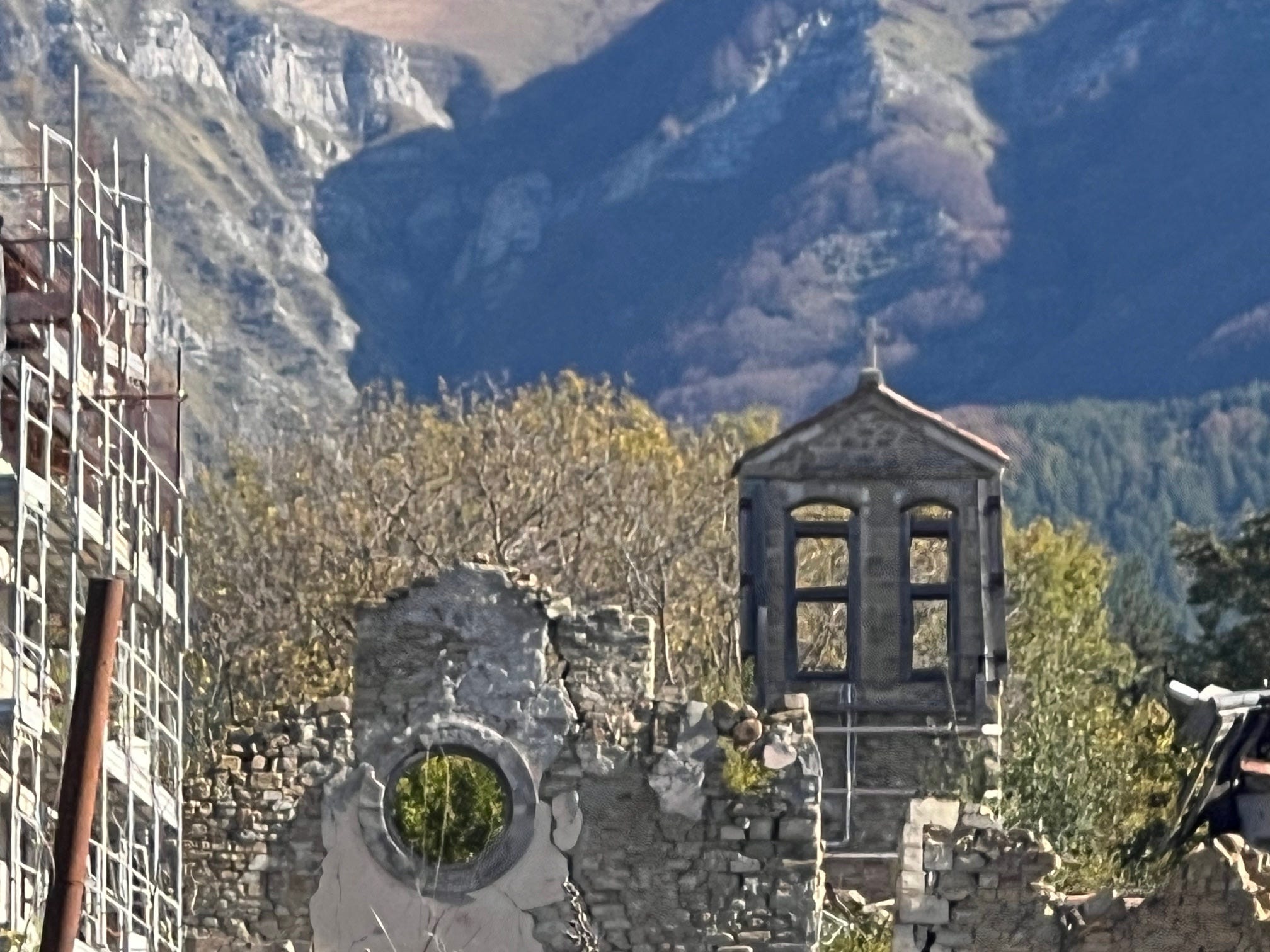
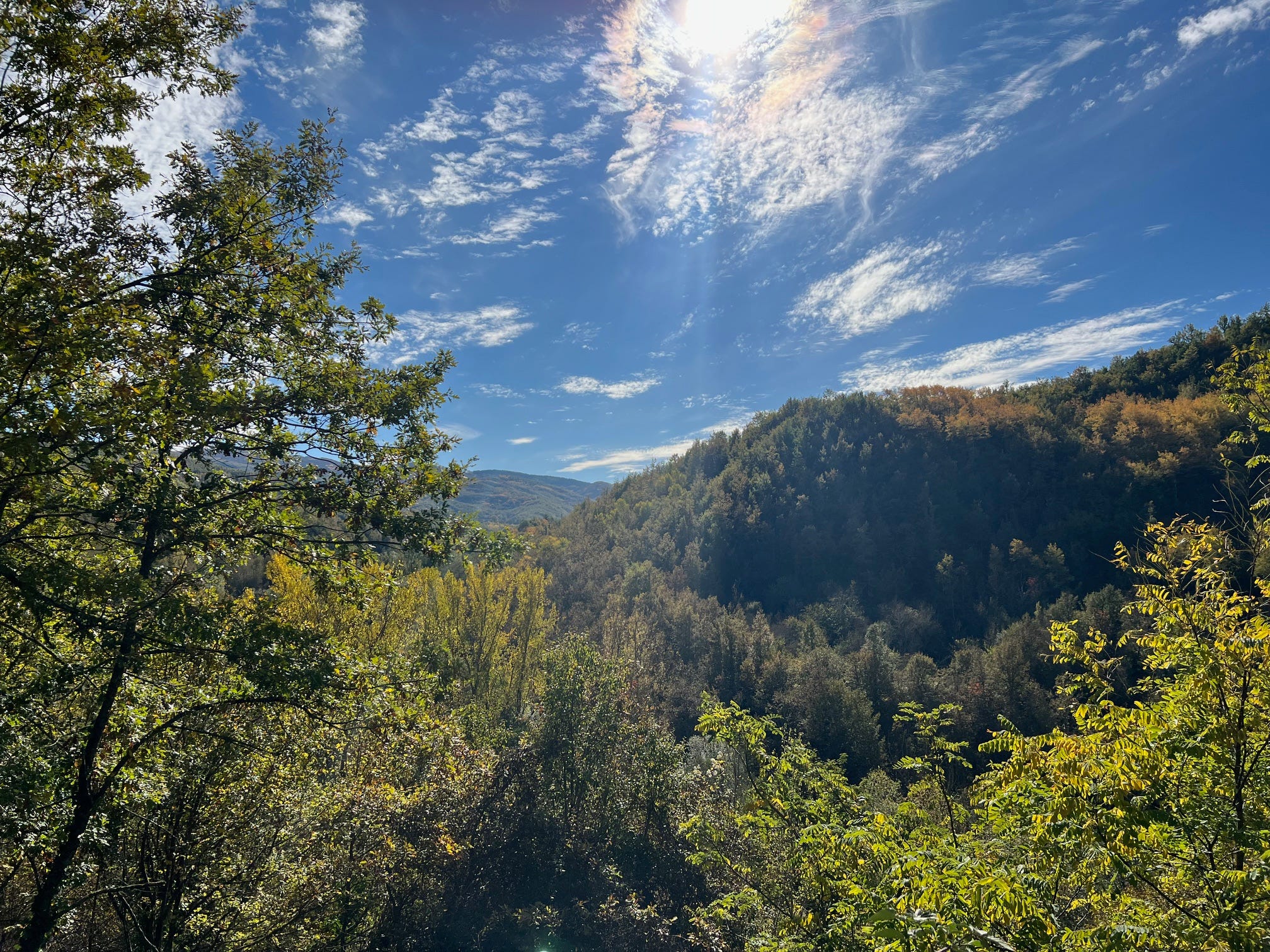
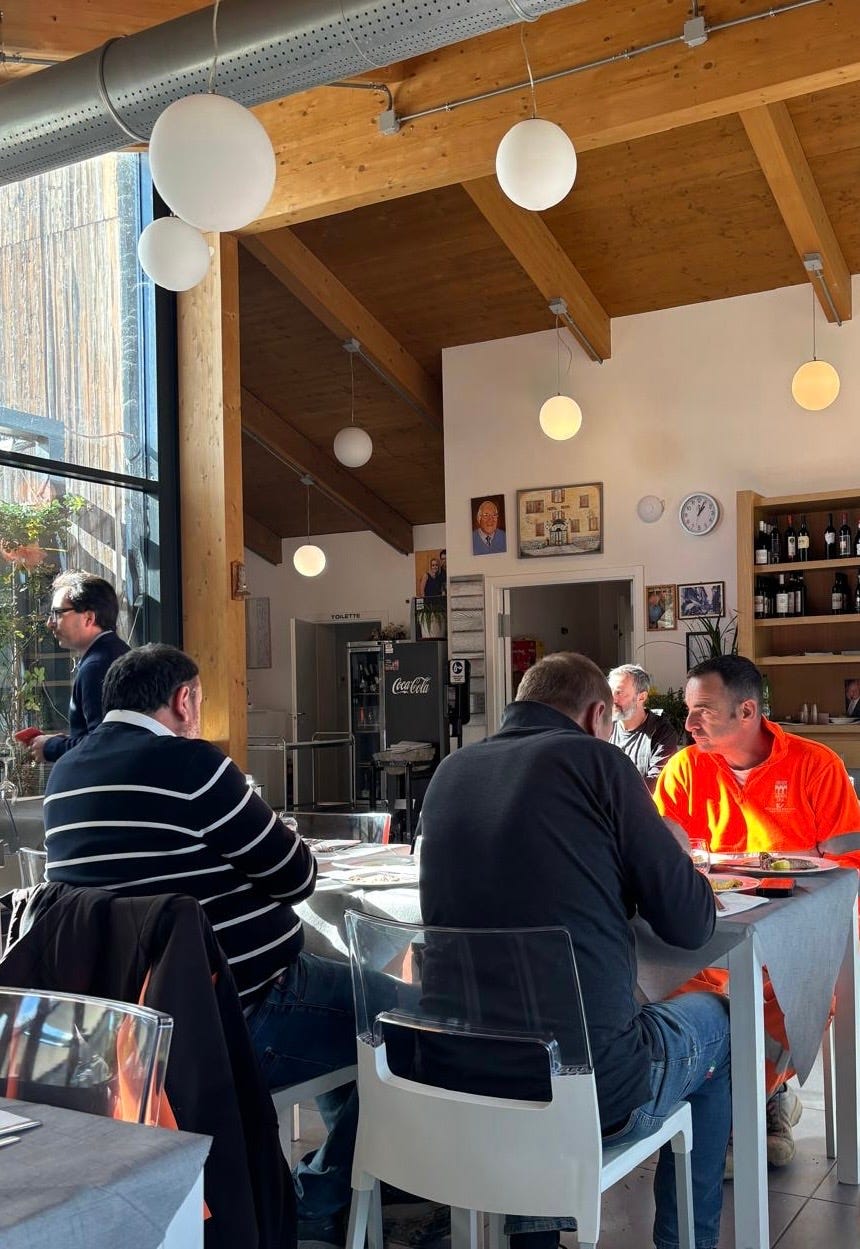
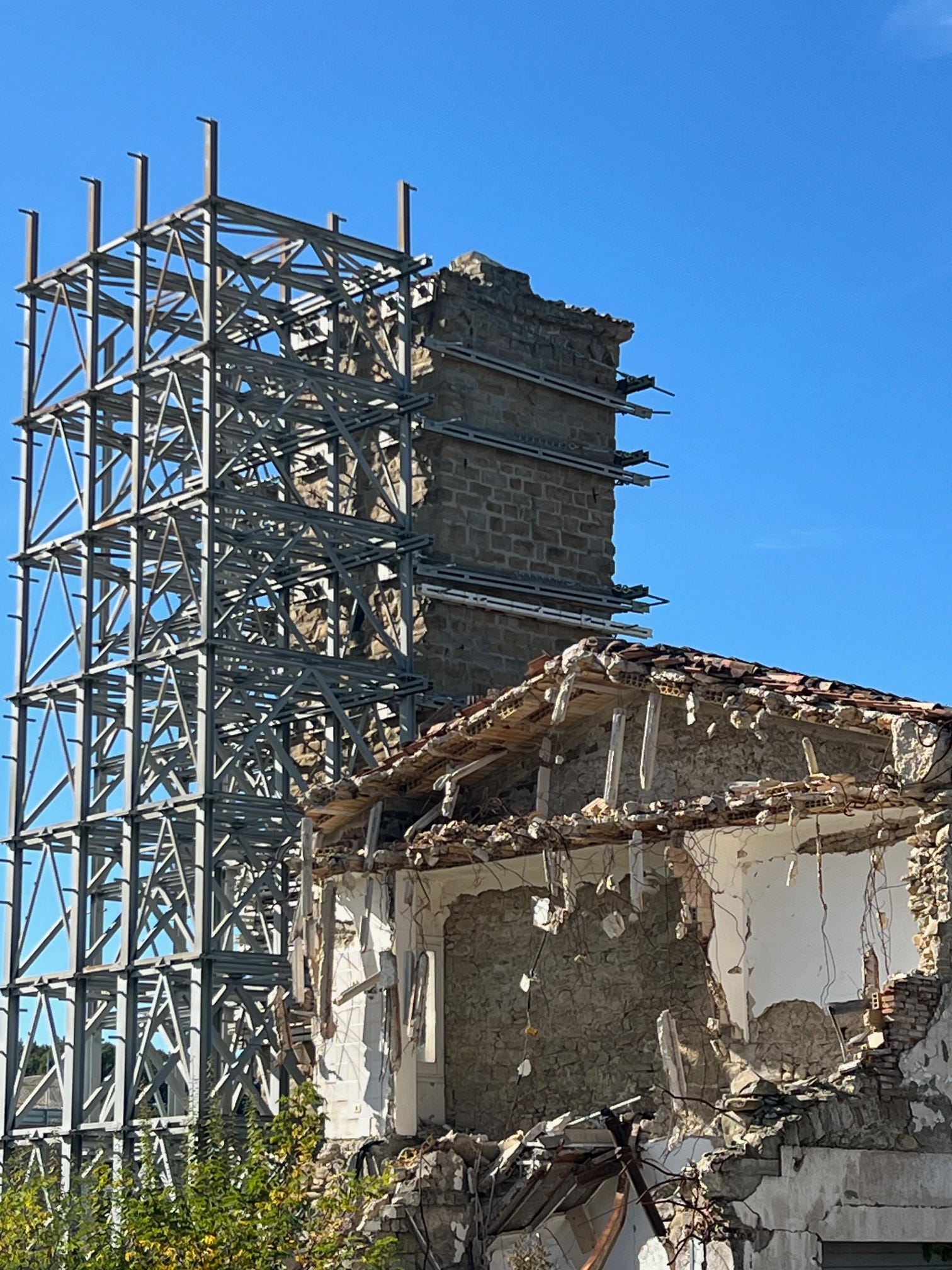
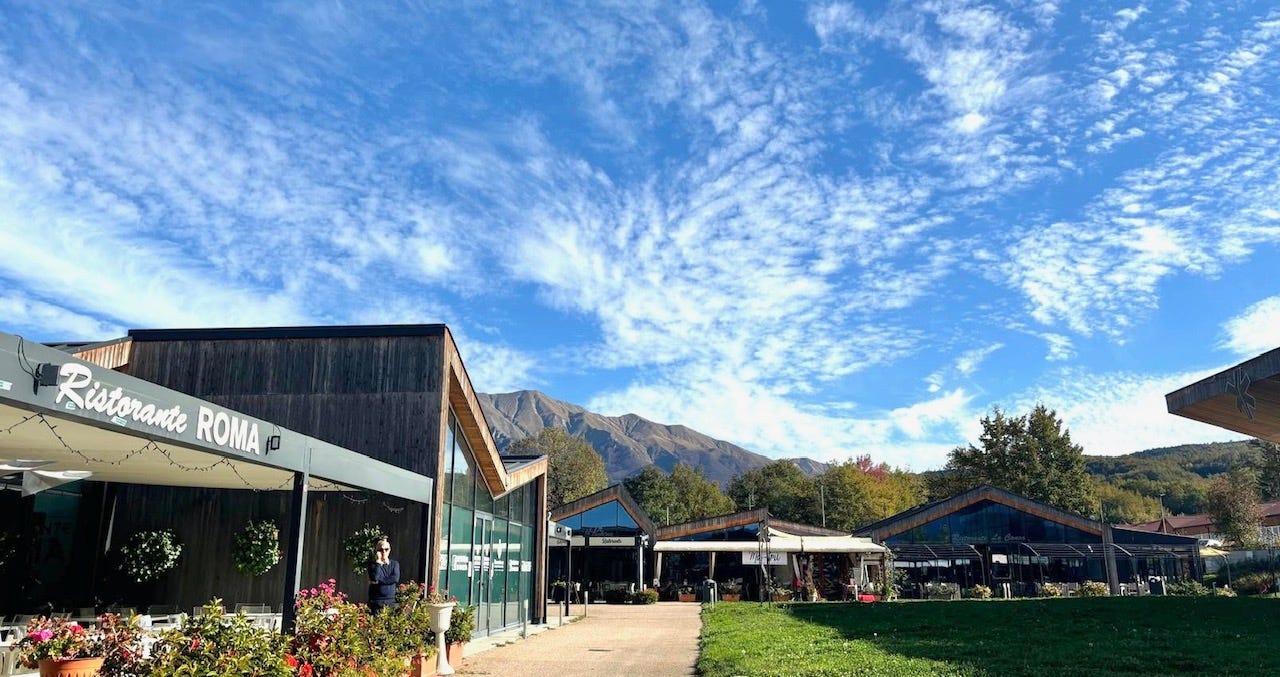
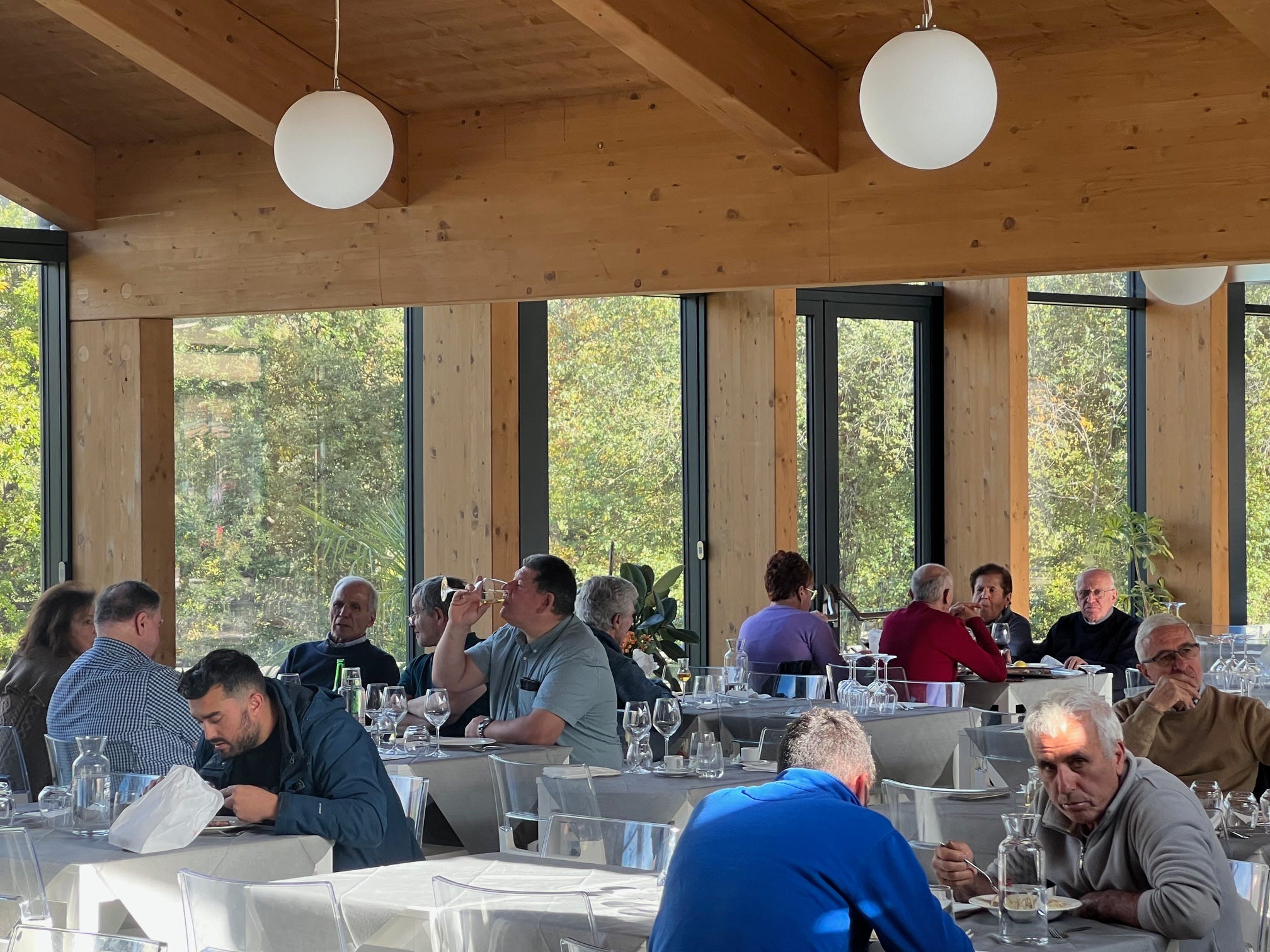

So moving, Eric - and great story about the new town!!!
So enjoy these posts. Wonderful writing.